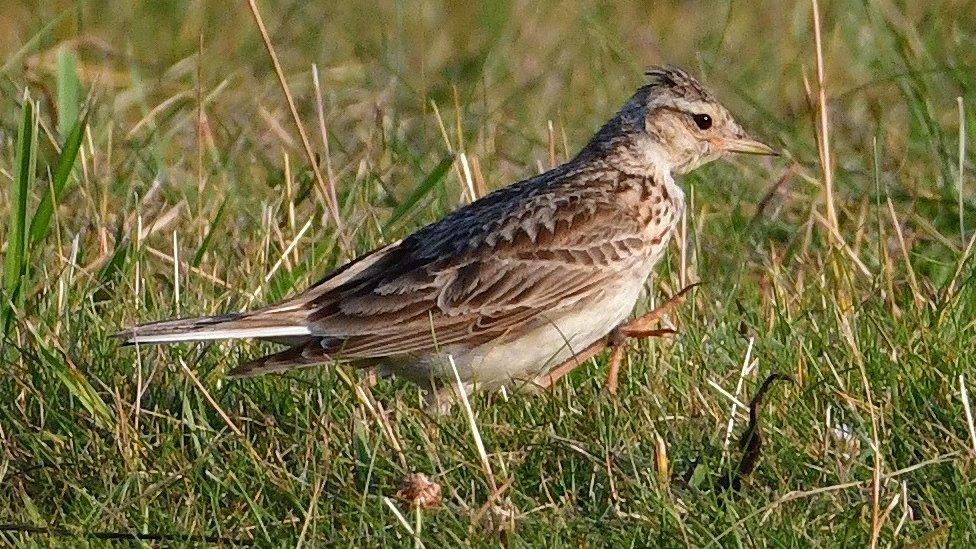Record numbers of rare butterfly at nature reserve
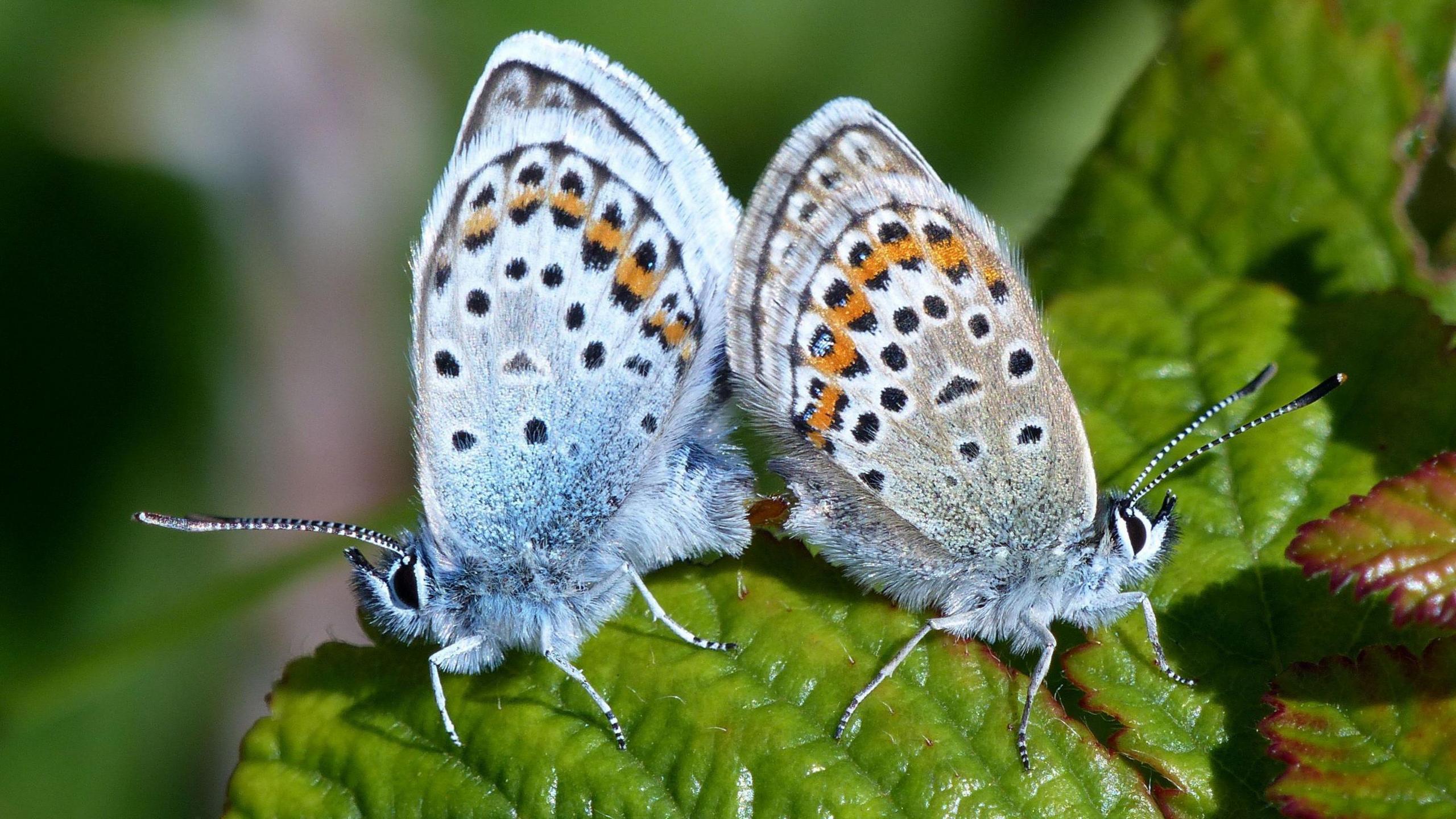
Numbers of the silver-studded blue butterfly have been falling across the country, according to the National Trust
- Published
A nature reserve has seen numbers of a rare species of butterfly reach record highs.
One count recorded 1,714 silver-studded blue butterflies at Studland and Godlingston Heath in Dorset - the highest since monitoring began.
The positive results follow a change in the way the heathland is maintained, according to the National Trust.
Teams have created a "complex mosaic" of different vegetation and bare ground that helps the species thrive.
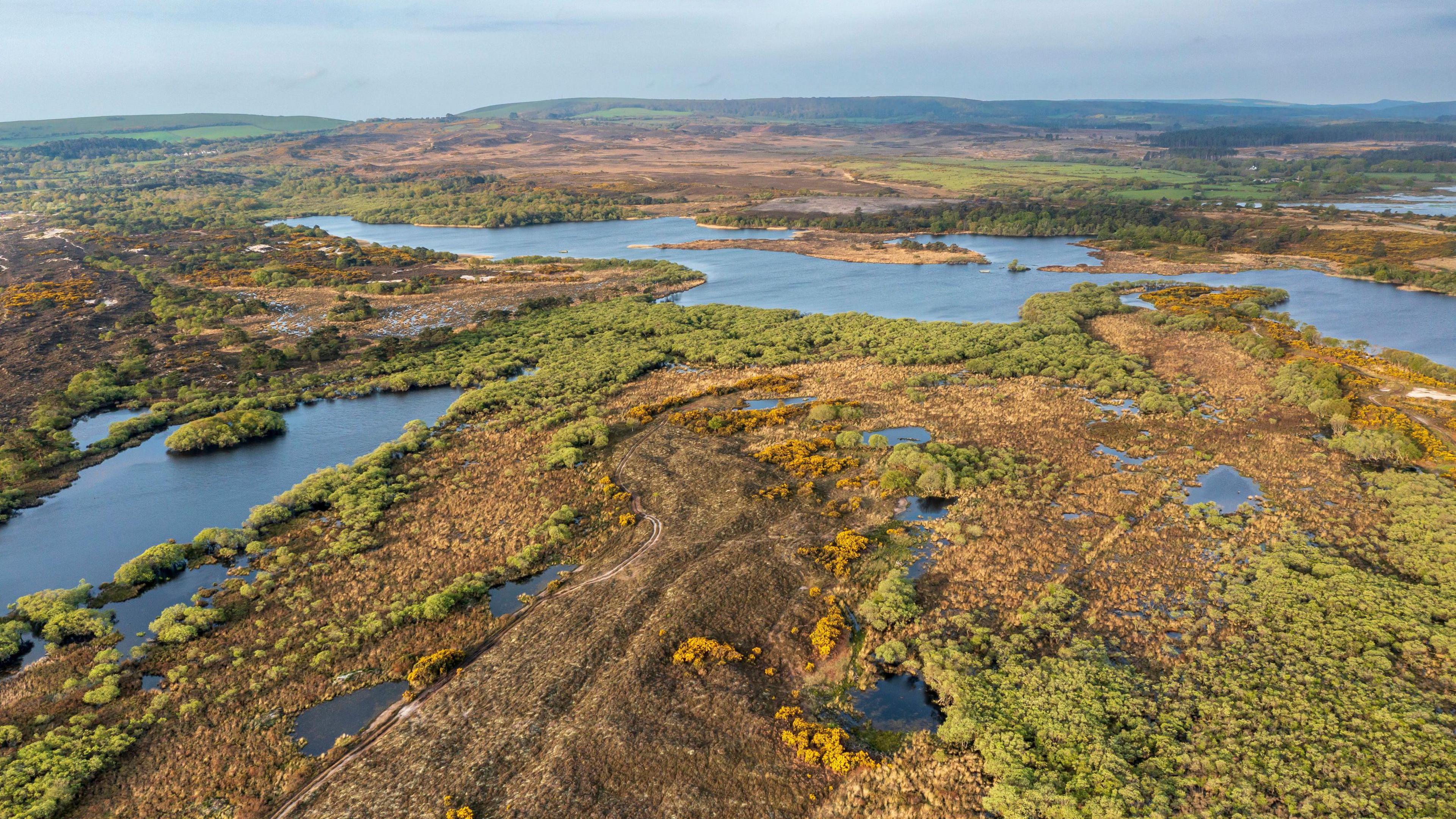
Volunteers undertook two counts at the site in Studland
A second count in a different part of the heathland recorded 430 of the protected species.
It showed a 2,000% increase from the first recorded numbers in 1976, when just 21 butterflies were counted.
The National Trust said the positive results were even more significant in what had been a difficult year for butterflies in the UK.
The species had experienced a cold, wet spring and cool summer, on top of long-term declines, the charity added.
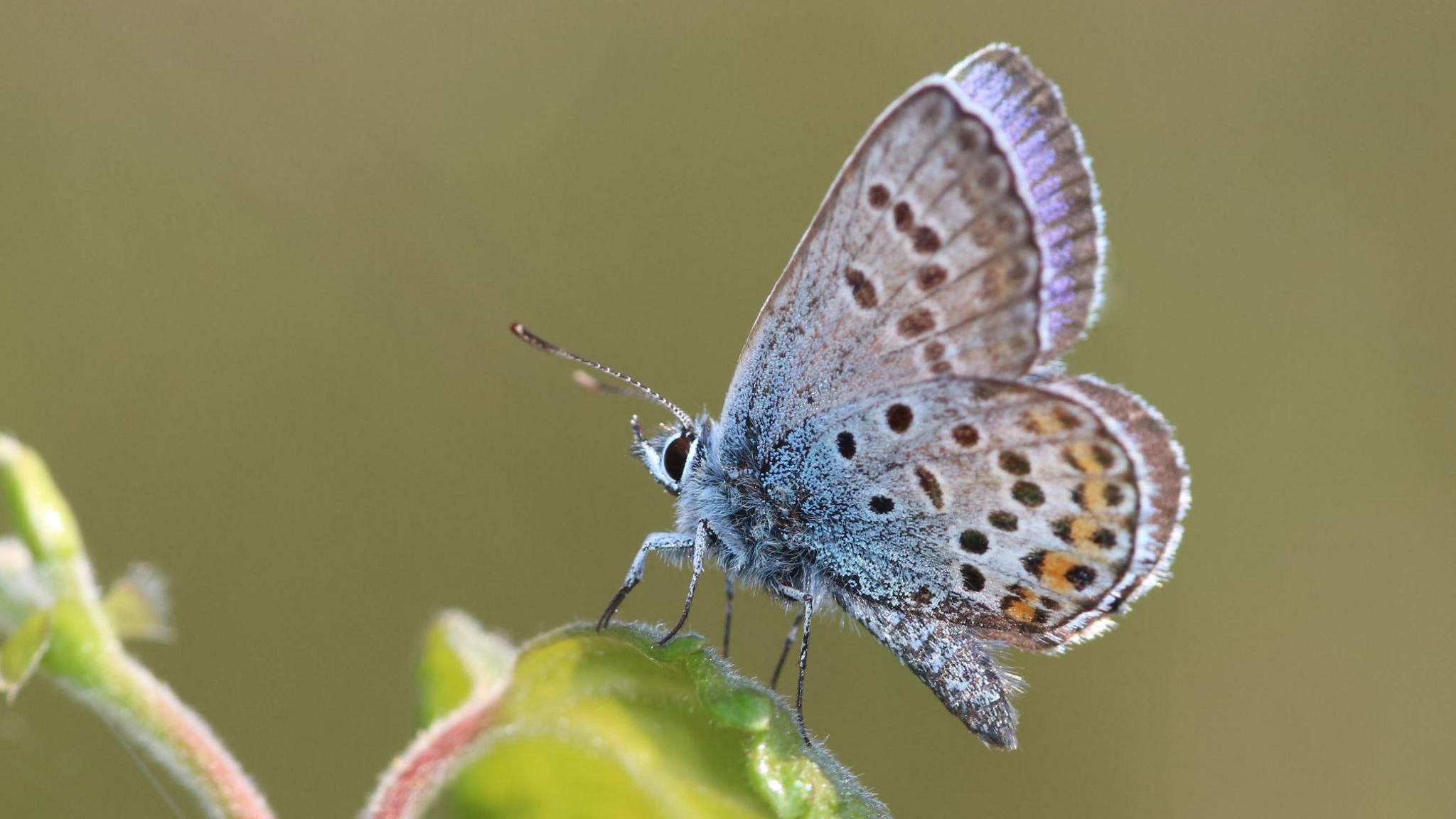
Adverse weather in the UK has made it a bad summer for the butterflies
Butterfly expert Dr Martin Warren, who has been counting butterflies at Studland as a volunteer for the past four years, said the figures were worth celebrating.
"Heathlands thrive on poor soils and any extra nutrients can harm the delicate vegetation and ants on which the butterfly depends," he said.
"Through this work, the Studland heath has become larger and better connected, creating a habitat where not only the silver-studded blues, but also other wildlife can thrive."
On Wednesday, a wildlife charity declared a "butterfly emergency" after a nationwide survey of the insects recorded its lowest ever numbers.
The 2024 Big Butterfly Count took place in July and August across the UK and saw thousands of people write down how many butterflies they saw over a period of 15 minutes.
On average, participants spotted seven butterflies per count, the lowest in the scheme’s 14-year history.
Butterly Conservation said there was a decline in sightings of the common blue, holly blue, green-veined white, small white, small tortoiseshell, painted lady and Scotch argus.
Get in touch
Do you have a story BBC Dorset should cover?
You can follow BBC Dorset on Facebook, external, X (Twitter), external, or Instagram, external.
Related topics
See also
- Published25 July 2024
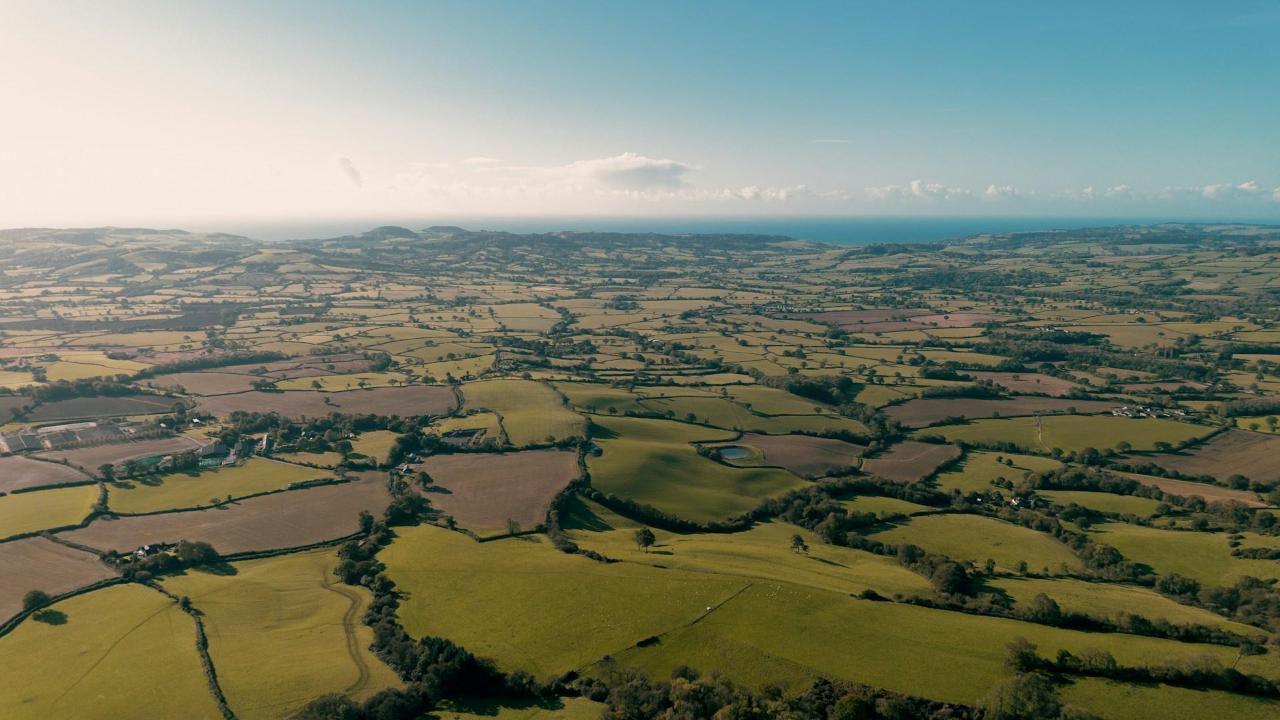
- Published29 May 2024
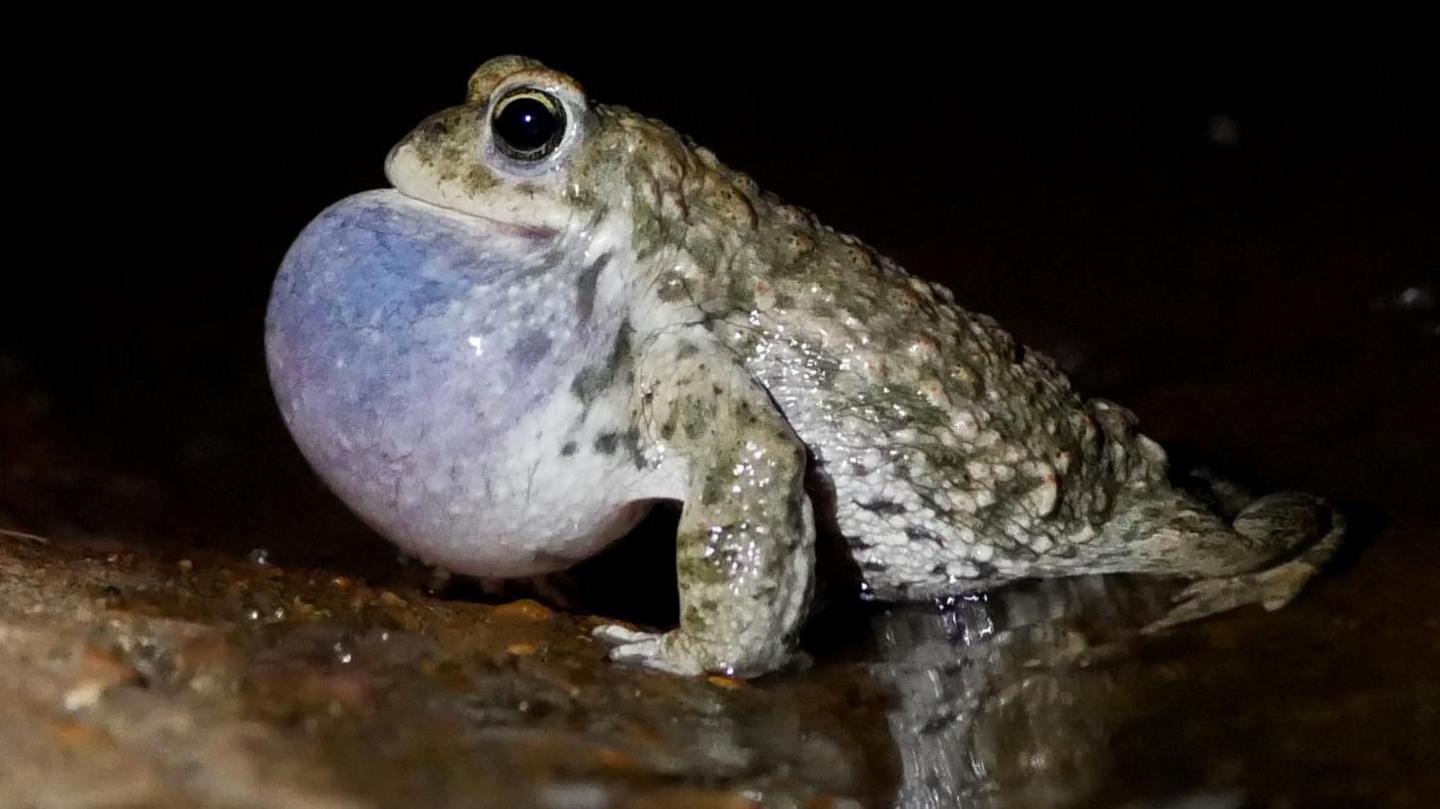
- Published27 March 2024
